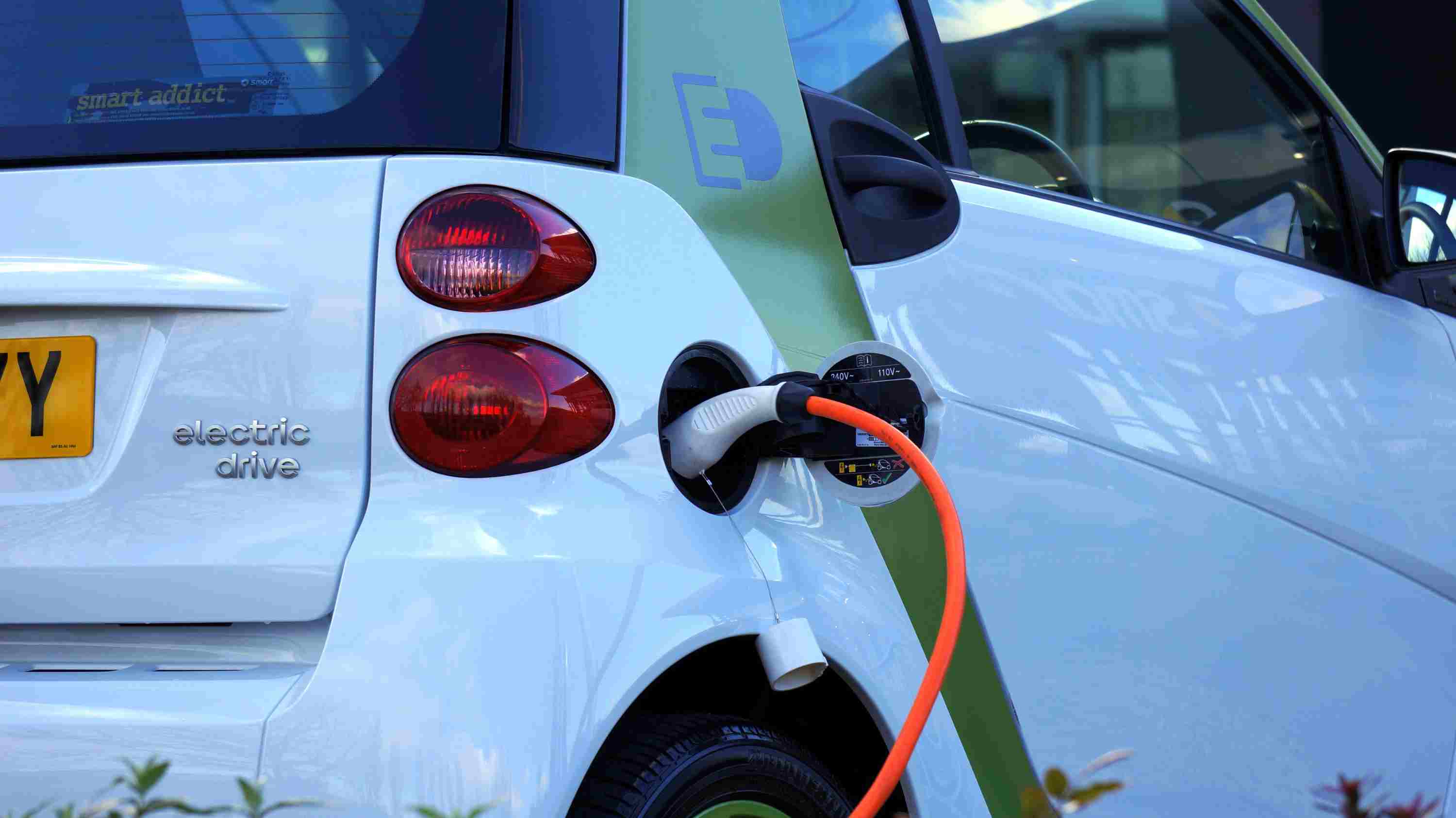The automotive industry is undergoing immense growth, as new technologies such as Battery Electric Vehicles (BEVs) and Advanced Driver-Assistance Systems (ADAS) have been rolled out and developed. BEVs are fully electric vehicles with rechargeable batteries and no gasoline engine. Although these vehicles have been around for over a century, EV adoption across the globe has increased as more car manufacturers develop and release new electric car models. Meanwhile, ADAS is an innovative technology that enables drivers to enjoy smart features such as autonomous emergency braking (AEB), traffic jam assistance, predictive cruise control, and more.
Our Director and Automotive Consulting Lead, Shin Thant Aung, recently discussed the implications of integrating ADAS Technology in electric cars at the Asia EV Technology Summit in Bangkok, Thailand. With his expertise in the automotive industry and electric vehicles, he shared key insights, opportunities, and the overall global outlook for BEVs and ADAS.
Why Integrate BEVs and ADAS Systems
Over the last century, adoption of battery electronic vehicles (BEVs) has significantly increased, and it is expected that this upward trend will continue in the coming years. Both new and existing automotive manufacturers have entered the BEVs market to stay ahead of the curve. BMW, Kia, Nissan, and Tesla are some manufacturers that have recently launched BEV models.
During his discussion, Shin Thant spoke on the implications of integrating ADAS technology in BEVs on the automotive segment. With the smart features of an ADAS and the rechargeable batteries of a BEV, this would make for a smoother, safer driving experience free of harmful tailpipe emissions or air pollution hazards. He shared, “ADAS, like automatic braking and smart cruise control, makes driving safer and easier. When ADAS works with BEVs, it is similar to having a super-smart co-pilot in your electric car.” He cited Tesla as an example of a vehicle that can operate independently on autopilot.
Building Trust in BEVs and ADAS Systems
Although integrating both BEV and ADAS technologies would positively impact the automotive segment, there is a need for BEV and ADAS operators to establish trust through consumer education. Given that these are both relatively new technologies, most consumers need help understanding what integrating ADAS technology in electric cars means and how it impacts electric vehicle safety systems. He explained, “Companies that make these systems should implement serious safety checks and educate potential customers on how ADAS can help drivers. They should explain that these systems can be likened to co-pilots rather than systems trying to take over the driving.”
Apart from consumer education, Shin Thant also stressed how BEVs and ADAS operators must be transparent on how they use and protect their customers' personal data. He shared, “It is important to be open about how ADAS gathers and uses personal data because people want to know their data is safe. Then, the government that makes the rules can set strong guidelines for how safe and good ADAS should be. This makes people feel more comfortable using them.”
Shin Thant also spoke on the importance of collaboration between players in the automotive market to drive the industry forward and create a consistent consumer experience globally. Industry players, such as automakers and tech providers, must partner with the government to set shared standards for advanced driver-assistance systems (ADAS) in BEVs to ensure reliable performance: “Collaboration is key. Industry players and the government working together can create rules for BEVs and ADAS technology. Electric vehicles become safer, convenient, and embraced universally, much like standardized tech improves lives.”
To get insight into other industries and emerging automotive trends across the globe, subscribe to our newsletter here and check out these reports:







